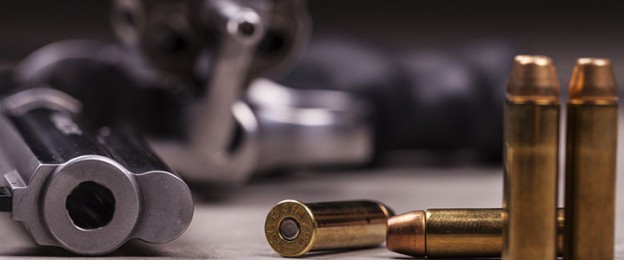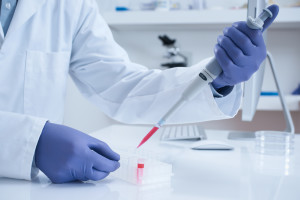A LAPD police ballistics expert witness defended his research methodology in the trial of Lonnie Franklin Jr., the suspected Grim Sleeper serial killer. The high profile murder trial continues into its fourth week with prosecutors calling expert witnesses to build their case against Franklin, who has been accused of carrying out 10 murders in the LA area.
Grim Sleeper Murder Trial Continues in LA
Lonnie Franklin Jr. was arrested in July of 2010 in Los Angeles for the alleged murder of 10 women and assault on one woman who survived the attack after DNA evidence linked him to a series of murders in the 1980’s and the early 2000’s. Franklin, 63, has pleaded not guilty to the crimes, and prosecutors have built their case on eyewitness testimony from the surviving victim, DNA evidence from the crime scene, a photo of a victim that Franklin had, and expert witness analysis of bullet wounds which were allegedly caused by a weapon similar to the one in Franklin’s possession.
The gun allegedly used to commit one of the crimes has become a key piece of evidence against Franklin and was found inside a dresser drawer in his home following his arrest. During a three day search of Franklin’s home police investigators found 9 guns, but the one in question has become central to the trial because it was allegedly used to kill 25-year-old Janecia Peters, who police believe to be the last of the Grim Sleeper victims. With the weapon linked to Peters in hand, prosecutors called a forensic weapon expert witness to conduct further investigation into the caliber of gun used in a collection of other murders connected to the Grim Sleeper serial killer.
LAPD Ballistics Expert Witness Testifies in Grim Sleeper Trial
Deputy District Attorney Beth Silverman called Daniel Rubin, a LAPD criminalist expert witness, to link the same caliber gun as the one found in Lonnie Franklin Jr.’s home to a series of Grim Sleeper killings. Rubin testified in court that Franklin’s gun killed Peters, and that the same caliber of weapon was used in seven other Grim Sleeper crimes. According to Rubin’s expert ballistics analysis, the gun used in the other crimes left a unique signature on the bullets, and, like Franklin’s gun, was a .25-caliber semi-automatic hand gun. Attorney Silverman used Rubin’s testimony to argue that Franklin followed a pattern of using the same type of weapon to kill his victims.
Attorney Seymour Amster, who represents Franklin, challenged Rubin on the techniques he used to form his expert opinion. According to Amster’s line of questioning, Rubin used methods which did not qualify him to provide ballistics expert testimony during the trial. Rubin responded by defending his methodology and informing Amster, and the court, that his methods were widely accepted in the forensic science community. According to Rubin, his research followed the standard methods of testing ballistic evidence, and his criminalist expert testimony was backed by validated scientific processes which qualify him as an expert.
Grim Sleeper Trial Continues in LA
After the ballistics expert testimony by Daniel Rubin, the prosecution rested its case, leading to an intense confrontation between attorney Amster and Judge Kathleen Kennedy before the defense presented its case. During a shouting match in the middle of the courtroom, Amster told the judge that he was concerned the case was going to cause him to have a stroke because of the prosecution’s tactics and judge’s rulings.
A brief recess followed, and Amster was able to calm down and give an opening statement which attacked the validity of the DNA evidence used by police investigators to arrest Franklin. As the trial continues this week, Amster will begin calling witnesses to break down the prosecution’s, and will likely include a forensic expert witness to explain his criticism of the DNA evidence.












